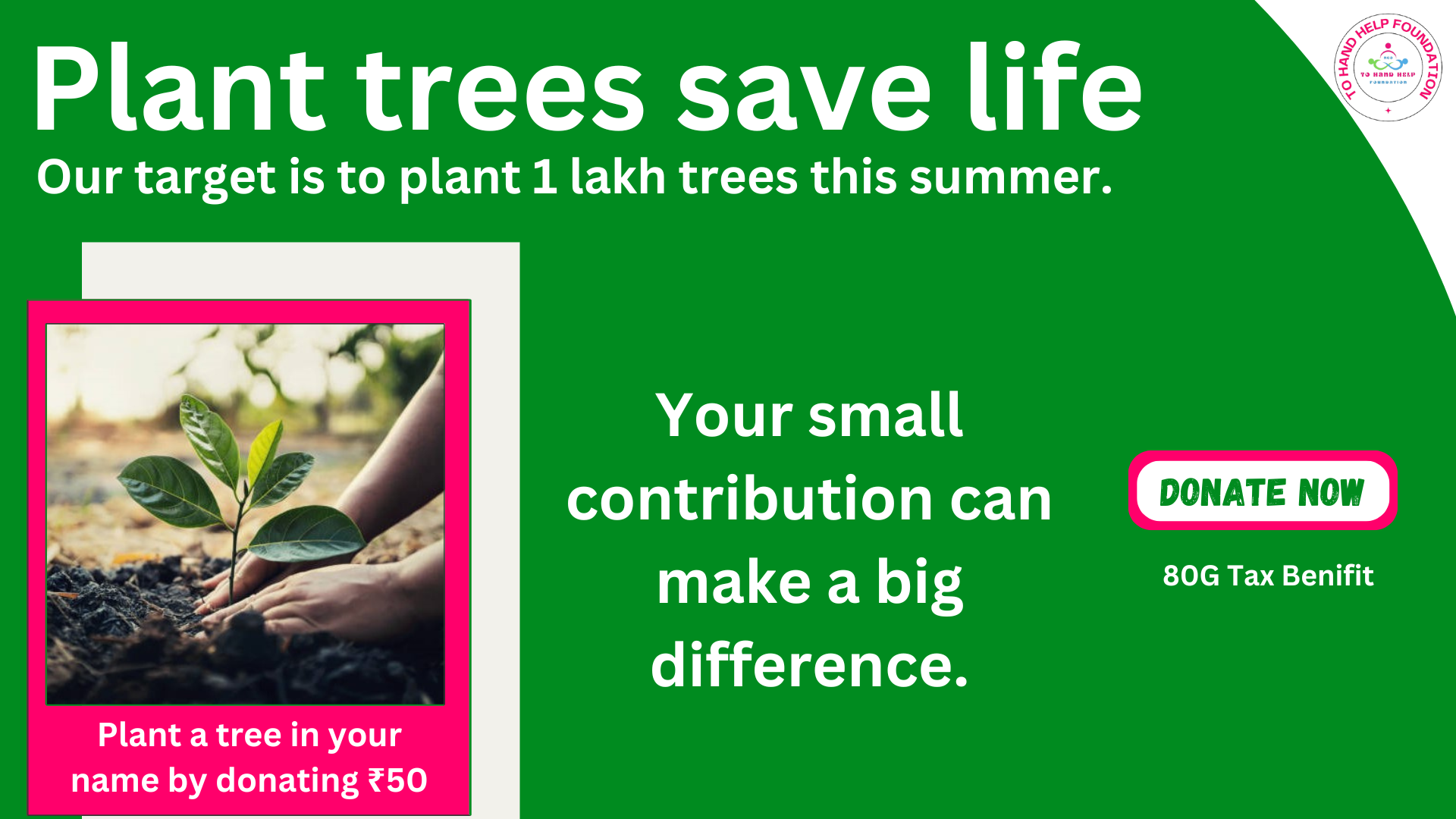🪴Trees as Oxygen Factories
Planting trees significantly contributes to the production of oxygen, a vital element for all living beings. Trees absorb carbon dioxide and release oxygen through the process of photosynthesis. A single mature tree can produce enough oxygen to support two human beings, making forests essential for maintaining breathable air.
🪴Carbon Sequestration
Trees play a crucial role in combating climate change by acting as carbon sinks. They absorb carbon dioxide from the atmosphere and store it in their biomass and the soil. This process, known as carbon sequestration, helps to reduce the concentration of greenhouse gases, mitigating global warming and its adverse effects on life.
🪴Biodiversity Hotspots
Forests provide habitats for a diverse range of flora and fauna, supporting biodiversity. Planting trees helps create and preserve ecosystems where various species can thrive. This biodiversity is essential for ecological balance, ensuring that food chains and natural processes function effectively.
🪴Soil Conservation
Tree roots bind the soil, preventing erosion and maintaining its fertility. When trees are planted, they stabilize the soil, reducing the risk of landslides and soil degradation. This is crucial for agriculture, as healthy soil is necessary for growing crops that sustain human life.
🪴Water Cycle Regulation
Trees play a vital role in the water cycle by facilitating the process of transpiration, where water is absorbed by roots and released into the atmosphere through leaves. This contributes to cloud formation and precipitation, ensuring a continuous supply of fresh water. Forested areas also help in groundwater recharge, maintaining water availability for various needs.
🪴Climate Moderation
Trees have a cooling effect on the environment, reducing temperatures through shade and transpiration. This helps in mitigating the urban heat island effect, making cities more livable. Forests also influence local and global weather patterns, contributing to a stable and predictable climate, which is essential for agriculture and daily life.
🪴Health and Well-being
Spending time in green spaces and among trees has been shown to improve mental and physical health. Forests offer a serene environment that reduces stress, lowers blood pressure, and boosts the immune system. Planting trees in urban areas enhances the quality of life by providing recreational spaces and improving air quality.
🪴Economic Benefits
Forestry and tree-planting projects create jobs and generate income through the sustainable harvesting of timber, fruits, and other forest products. Trees also enhance property values and attract tourism, contributing to the economic prosperity of communities. Sustainable forestry practices ensure that these resources are available for future generations.
🪴Natural Disaster Mitigation
Forests act as natural barriers against natural disasters such as floods, hurricanes, and storms. Trees absorb and slow down rainwater, reducing the risk of flooding. Coastal forests like mangroves protect shorelines from storm surges and erosion, safeguarding human settlements and infrastructure.
🪴Cultural and Aesthetic Value
Trees hold significant cultural, spiritual, and aesthetic value in many societies. They are often seen as symbols of life, growth, and continuity. Planting trees enhances the beauty of landscapes, providing inspiration and solace. Many cultures have traditions and rituals centered around trees, highlighting their importance in human heritage and identity.
By planting trees, we not only save lives but also create a sustainable and harmonious relationship with our environment, ensuring that future generations can enjoy the myriad benefits that forests offer.
4o



Reviews
There are no reviews yet.